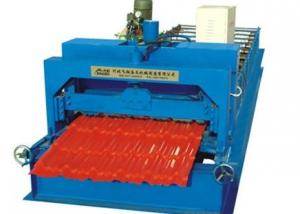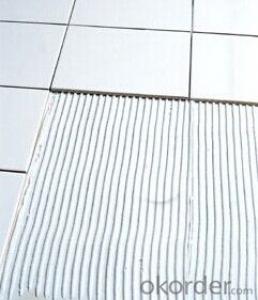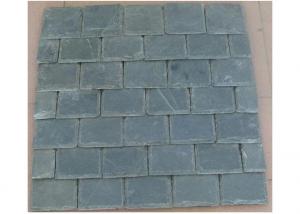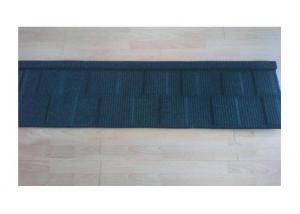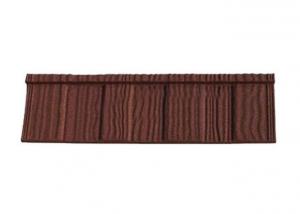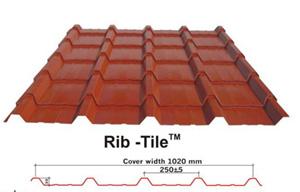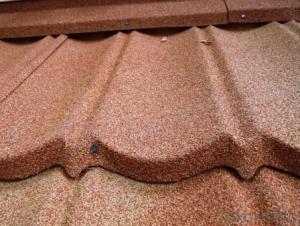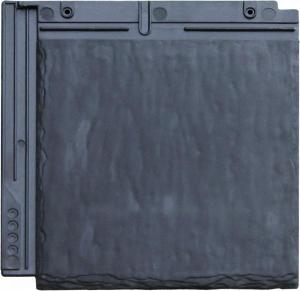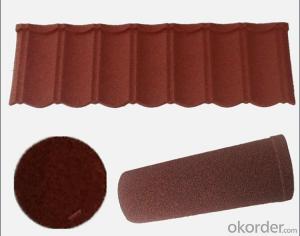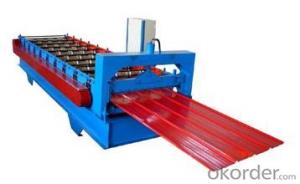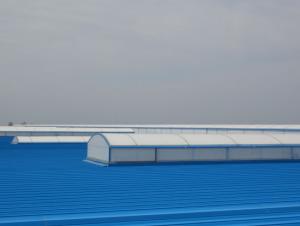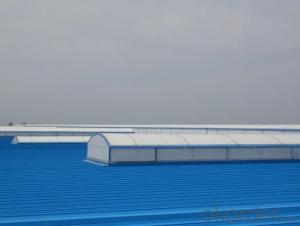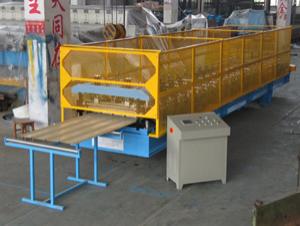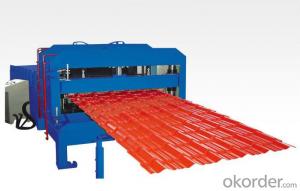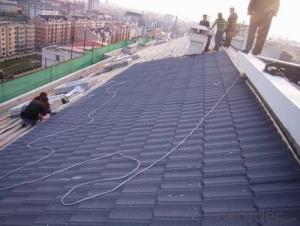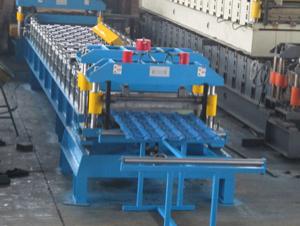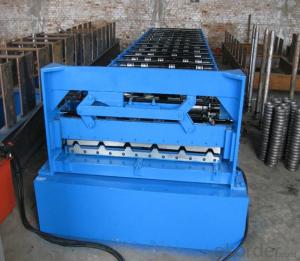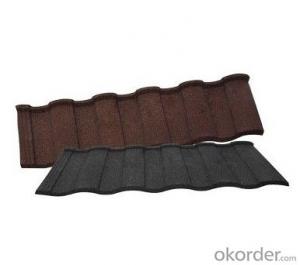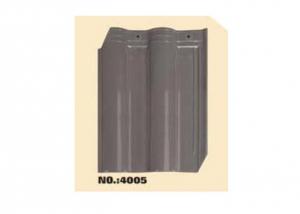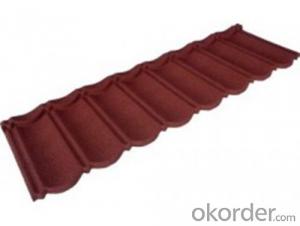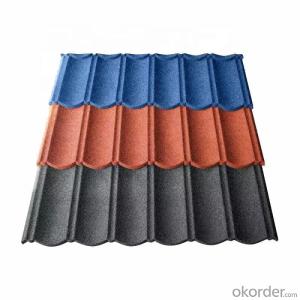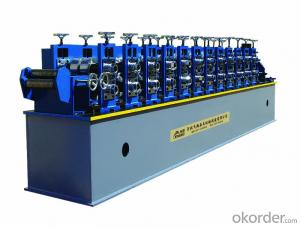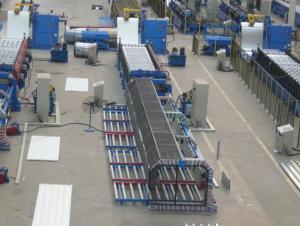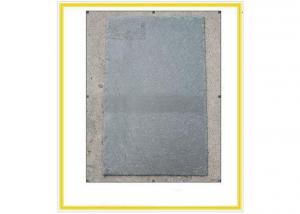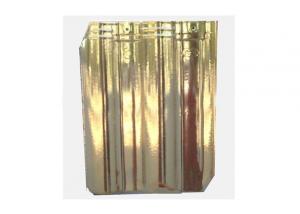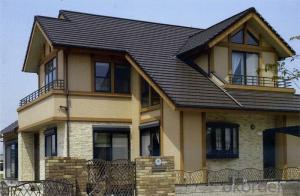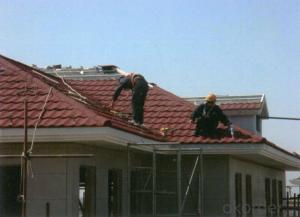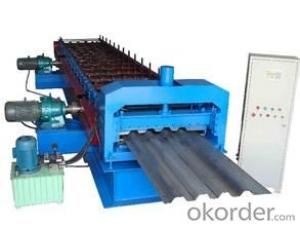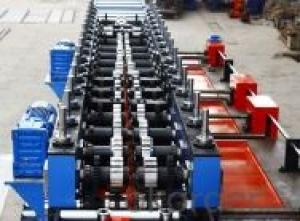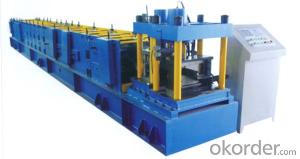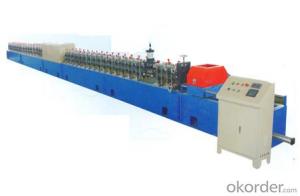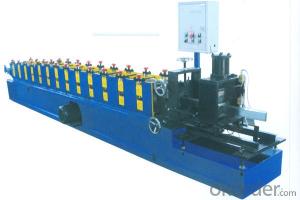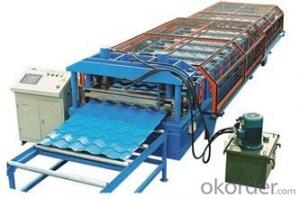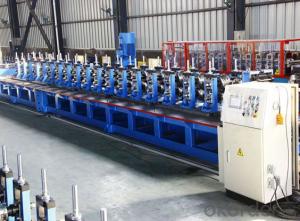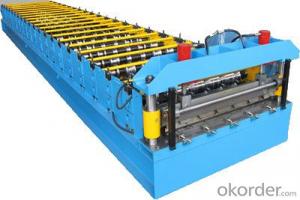Tiled Roof Construction
Tiled Roof Construction Related Searches
Clay Roof Tiles Installation Roof Tile Machine Clay Roof Tiles Stone Roof Tiles Clay Tiles For Roof Mediterranean Roof Tile Cost Of Concrete Tile Roof Roof Tiles Clay Roof Structure Insulated Floor Tiles Acoustic Tiling Asphaltic Roofing Shingle Roof Installation Synthetic Roof Tiles Cost Terracotta Clay Roof Tiles French Clay Roof Tiles Industrial Roofing Installing A Slate Roof Black Clay Roof Tiles Fire Resistant Ceiling Tile Interlocking Roof Tiles Prices Ceramic Roof Tiles Cost Small Clay Roof Tiles Roof Clay Tiles Prices Corrigated Plastic Roofing Silicone Roof Coating Plastic Roof Tiles For Sale Synthetic Felt Roofing Synthetic Slate Roofing Flat Roof Window InstallationTiled Roof Construction Supplier & Manufacturer from China
Tiled Roof Construction encompasses a range of products, including clay, concrete, and metal tiles, as well as underlayment, flashing, and other essential components. These materials are specifically designed to provide a durable and visually appealing roofing solution for residential and commercial buildings. The installation of tiled roofs offers numerous benefits, such as energy efficiency, weather resistance, and a long lifespan, making them a popular choice for homeowners and architects alike. Tiled roofs are commonly used in various architectural styles, from traditional to modern, and can be customized to suit individual preferences and design requirements.The application of Tiled Roof Construction can be seen in a wide array of scenarios, such as new construction projects, roof replacements, and renovation works. They are particularly suitable for areas with heavy rainfall or extreme weather conditions, as they provide excellent protection against water infiltration and wind damage. Tiled roofs also contribute to the overall aesthetic appeal of a building, enhancing its curb appeal and increasing property value. Moreover, they are environmentally friendly, as many tile materials are recyclable or made from natural resources.
Okorder.com is a reputable wholesale supplier of Tiled Roof Construction products, boasting a large inventory that caters to the diverse needs of contractors, builders, and homeowners. With a commitment to quality and customer satisfaction, Okorder.com offers competitive prices and reliable service, ensuring that clients receive the best value for their investment. By partnering with Okorder.com, customers can access a comprehensive selection of Tiled Roof Construction materials, enabling them to complete their projects efficiently and effectively.
Hot Products
